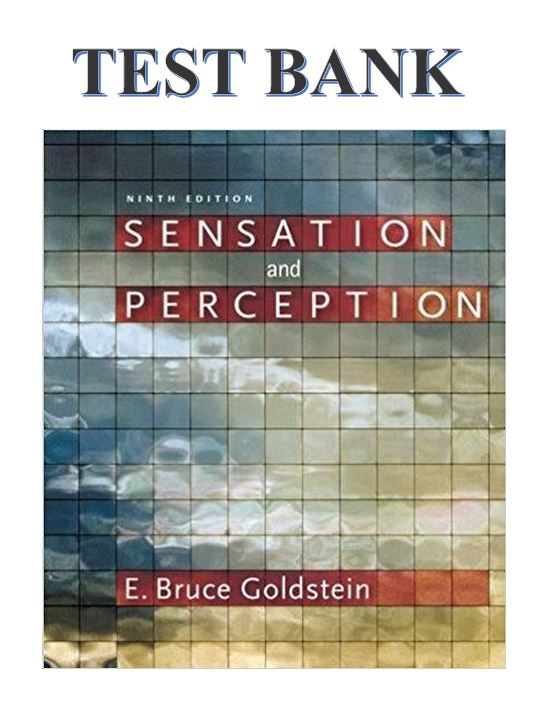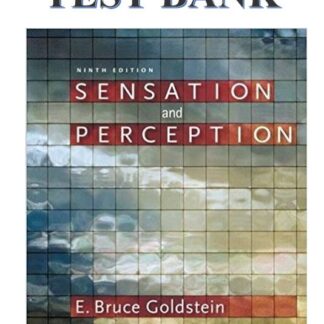Description
MULTIPLE CHOICE
1. “Perceiving machines” that can negotiate the environment with humanlike ease
a. were developed by computer scientists in the 1960s.
b. were developed by computer scientists in the 1970s.
c. were developed by computer scientists in the 1990s.
d. have yet to be developed.
2. Which of the following is an application of perception research?
a. Developing speech recognition
systems.
c. Devising robots that can “see.”
b. Treating hearing problems. d. All of these.
3. Which of the following is a reason for studying perception?
a. To become more aware of your own perceptual experiences.
b. To provide information that may help with a future career.
c. To apply perception to everyday problems, such as highway sign visibility.
d. All of these.
4. The study of perception can overlap with
a. medicine. c. philosophy.
b. computer science. d. all of these.
5. Which of the following is NOT a category of the stages in the perceptual process?
a. Stimuli c. Serendipity
b. Neural Processing d. Behavioral Responses
6. The process of transforming energy in the environment into electrical energy in the neurons is
called
a. refraction. c. reduction.
b. transduction. d. construction.
7. ______ is the step in the perceptual process that is analogous to an ATM withdrawal
(pressure from button press becomes electrical energy then becomes a mechanical response
resulting in the dispensing of money).
a. Knowledge c. Action
b. Transference d. Transduction





Reviews
There are no reviews yet.